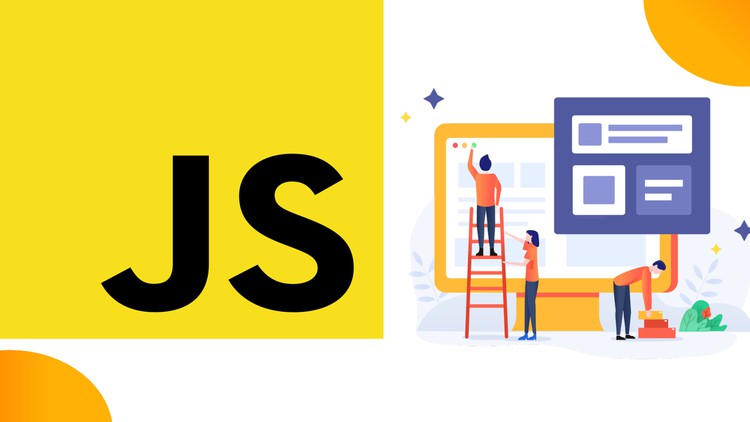
Description
What is JavaScript?
JavaScript is a programming language that enables you to create dynamically updated content, control multimedia, animate images, and much more.
While JavaScript is a simple language, it can be difficult to get started with if you’re not familiar with programming concepts. This crash course will teach you the basics of JavaScript so that you can get started creating your own dynamic web content.
In this JavaScript Crash Course, we’ll be learning the basics of the scripting language, from basics to more advanced topics.
JavaScript is a scripting language that is used on the web. It is a lightweight, interpreted language that is used to create dynamic and interactive web pages. JavaScript is easy to learn, and can be used in a variety of applications, from single pages to full applications.
We’ll cover topics such as:
• What is JavaScript?
• The basics of programming with JavaScript
• How to use JavaScript to create dynamic web content
• JavaScript best practices
By the end of this crash course, you’ll have a firm understanding of how to use JavaScript to create dynamic web content. You’ll also be well on your way to becoming a proficient JavaScript programmer.
JavaScript is one of the most popular programming languages in the world.
I believe it’s a great choice for your first programming language ever.
We mainly use JavaScript to create
- websites
- web applications
- server-side applications using Node.js
but JavaScript is not limited to these things, and it can also be used to
- create mobile applications using tools like React Native
- create programs for micro-controllers and the internet of things
- create smartwatch applications
It can basically do anything. It’s so popular that everything new that shows up is going to have some kind of JavaScript integration at some point.
JavaScript is a programming language that is:
- high level: it provides abstractions that allow you to ignore the details of the machine where it’s running on. It manages memory automatically with a garbage collector, so you can focus on the code instead of managing memory like other languages like C would need, and provides many constructs which allow you to deal with highly powerful variables and objects.
- dynamic: opposed to static programming languages, a dynamic language executes at runtime many of the things that a static language does at compile time. This has pros and cons, and it gives us powerful features like dynamic typing, late binding, reflection, functional programming, object runtime alteration, closures and much more. Don’t worry if those things are unknown to you – you’ll know all of them by the end of the course.
- dynamically typed: a variable does not enforce a type. You can reassign any type to a variable, for example, assigning an integer to a variable that holds a string.
- loosely typed: as opposed to strong typing, loosely (or weakly) typed languages do not enforce the type of an object, allowing more flexibility but denying us type safety and type checking (something that TypeScript – which builds on top of JavaScript – provides)
- interpreted: it’s commonly known as an interpreted language, which means that it does not need a compilation stage before a program can run, as opposed to C, Java or Go for example. In practice, browsers do compile JavaScript before executing it, for performance reasons, but this is transparent to you – there is no additional step involved.
- multi-paradigm: the language does not enforce any particular programming paradigm, unlike Java for example, which forces the use of object-oriented programming, or C that forces imperative programming. You can write JavaScript using an object-oriented paradigm, using prototypes and the new (as of ES6) classes syntax. You can write JavaScript in a functional programming style, with its first-class functions, or even in an imperative style (C-like).



![JavaScript Coding Interview Questions [with SOLUTIONS]](https://www.tutorialbar.com/wp-content/themes/rehub-theme/images/default/noimage_336_220.png)